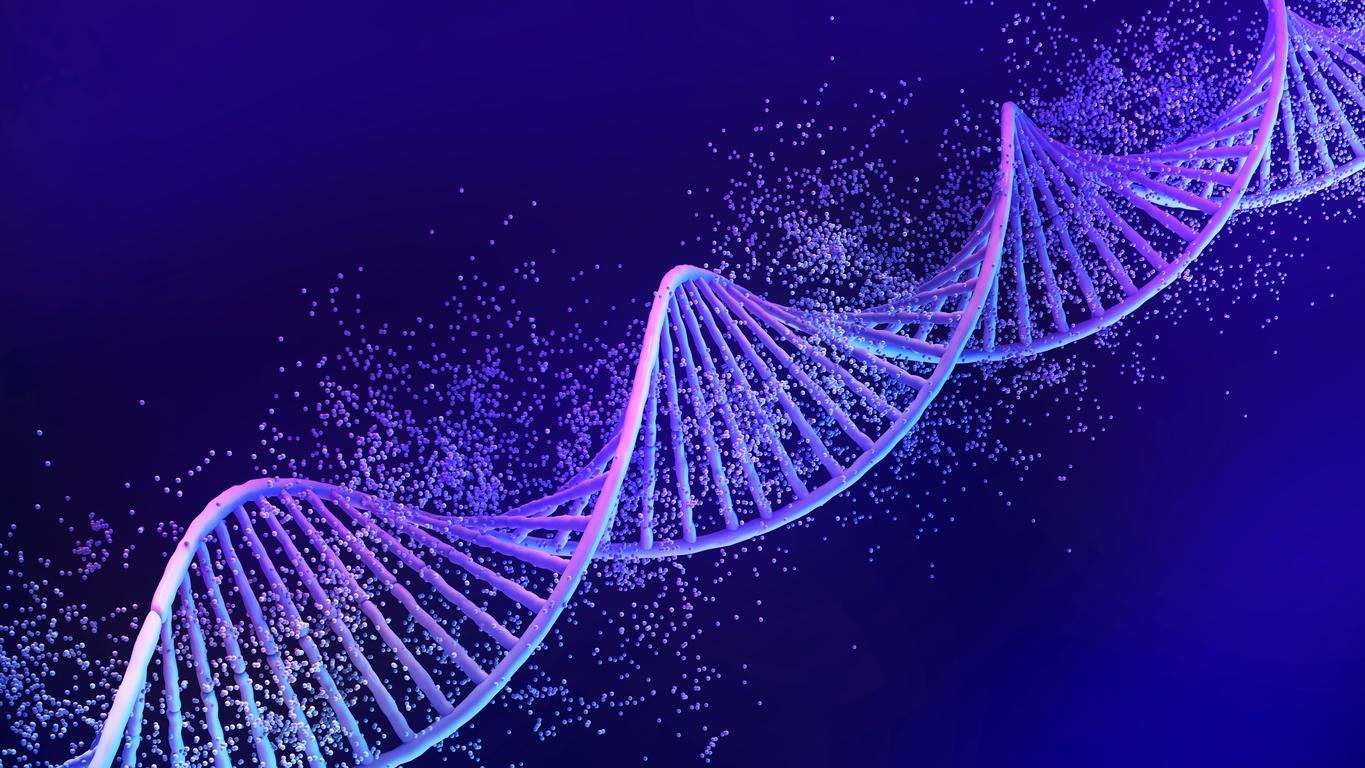The python is able to swallow prey larger than its body thanks to accelerated digestion and the growth of its organs. This extraordinary ability results from the animal’s genetic capacity to alter its metabolism and the size of its organs after a meal. Snakes can “increase the mass of their heart, liver, intestine and kidneys by 35 to 150% in just 24 to 48 hours and very quickly accelerate their digestion process,” notes David Pollock, professor of biochemistry and molecular genetics at the University of Colorado School of Medicine.With his teammate Todd Castoe, assistant professor of biology at the University of Texas, the researcher wanted to understand this adaptation phenomenon by performing snake sequencing.
“Snakes swallow animals as big as themselves and they need to digest them quickly before they break down in their stomachs, and for that they have to activate a lot of genes,” says Todd Castoe.
Biologists have discovered that the snake’s adaptation relies on changes in proteins, produced by genes. Depending on the python’s diet, gene expression changes rapidly and certain genes become more active, producing quantities of protein.
In the scientific journal Proceedings of the National Academy of Sciences, researchers say they are convinced that the genetic adaptation of the reptile can be used to understand how stop a genetic mutation before it turns into a disease.
“We can thus establish links between genetic mutations and physiological effects and possibly find a way to stop these mutations before they cause pathology,” David Pollock told AFP.
















